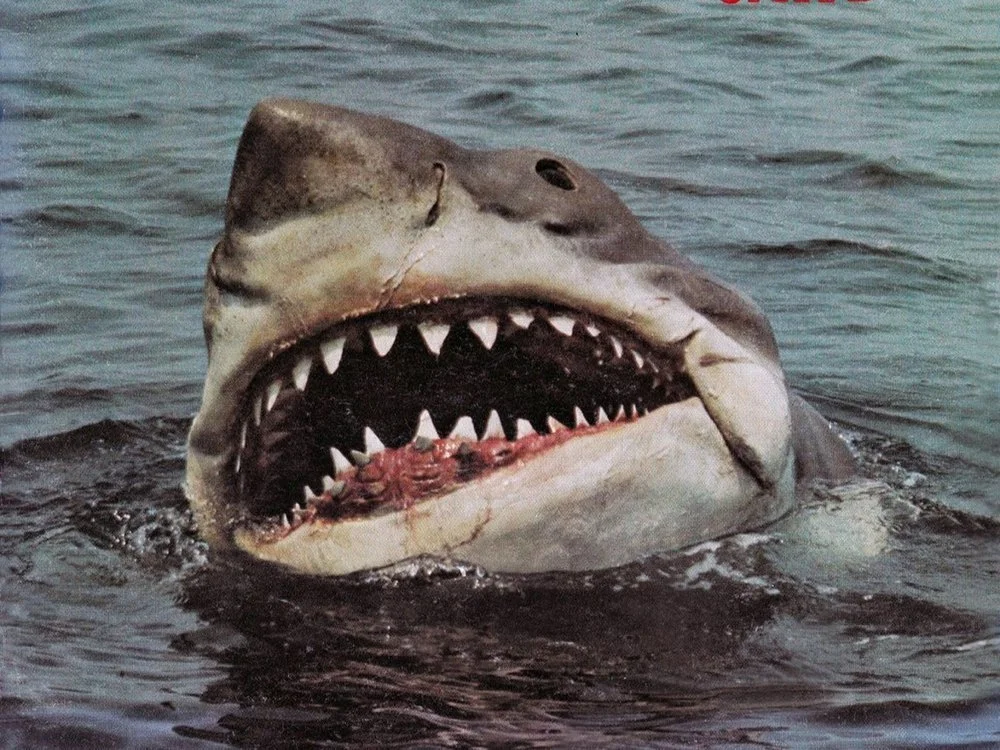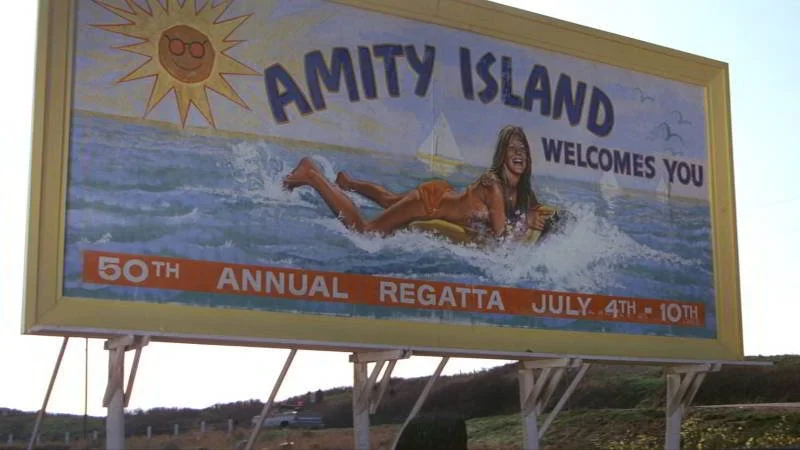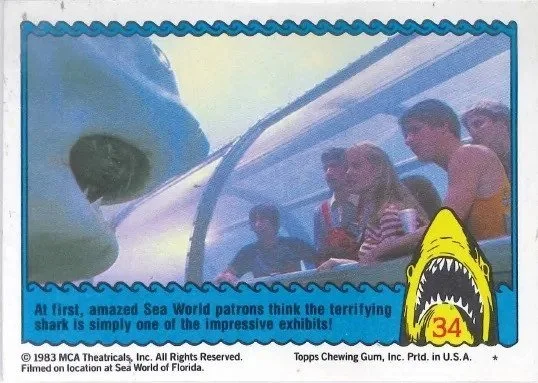The terrifying seascape: Where did the 'JAWS' movies take place?
Thanks for all of your comments, emails and messages. We have listened and are re-opening the beaches for a second and final run of The Daily Jaws calendar 2024.
Orders end 12noon EST / 5pm GMT December 31st. Ships worldwide (expected mid-January).
The "Jaws" film franchise, renowned for its suspenseful storytelling and portrayal of menacing great white sharks, unfolds against the backdrop of distinct aquatic locales. From the idyllic beaches of Amity Island to the expansive ocean depths, each installment in the series weaves its narrative within carefully chosen settings. In this essay, we will delve into the various locations where the "Jaws" movies took place, examining how these settings contribute to the films' atmosphere and impact on the audience.
"Jaws" (1975): Amity Island The original "Jaws" film, directed by Steven Spielberg, is primarily set on the fictional Amity Island. A picturesque summer resort town, Amity serves as the perfect contrast to the lurking danger beneath its azure waters. Filmed on Martha's Vineyard in Massachusetts, the quaint charm of the island becomes a tension-filled battleground between the town's officials and the relentless great white shark. The small-town atmosphere intensifies the impact of the shark attacks, creating a sense of vulnerability and suspense that resonates with audiences.
"Jaws 2" (1978): Amity Island Once Again The sequel, "Jaws 2," returns to the familiar shores of Amity Island. Directed by Jeannot Szwarc, the film maintains the setting of the original, further exploring the consequences and trauma left in the wake of the first shark attacks. While the island remains a central backdrop, the narrative evolves to incorporate new challenges, emphasizing the resilience of the community in the face of recurring danger.
"Jaws 3-D" (1983): SeaWorld Florida Breaking away from the established formula, "Jaws 3-D" shifts the setting to SeaWorld Florida, an aquatic theme park. Directed by Joe Alves, the film utilizes the expansive tanks and underwater attractions of the real-life marine park to introduce a unique perspective on the great white shark's threat. The move to a controlled environment amplifies the horror as the shark wreaks havoc within the confines of the park, challenging the perceived safety of captivity.
"Jaws: The Revenge" (1987): The Bahamas In the final installment of the original "Jaws" series, "Jaws: The Revenge," the setting shifts to the tropical waters of the Bahamas. Directed by Joseph Sargent, the film follows the Brody family as they attempt to escape the curse of the great white shark. The change in locale adds an exotic dimension to the narrative, while the clear blue waters become a symbolic battleground between Ellen Brody and the vengeful shark.
The banana boat sequence was one of the best scenes in #JawsTheRevenge. Great location spot (image via Brian Onofrio)
The "Jaws" film franchise masterfully utilizes its diverse settings to enhance the impact of the storytelling. From the iconic beaches of Amity Island to the controlled environments of SeaWorld and the tropical allure of the Bahamas, each location plays a crucial role in shaping the tone and atmosphere of the respective films. By strategically choosing these settings, the filmmakers ensure that the terror of the great white shark is not confined to a single geographic location, adding depth and variety to the enduring legacy of the "Jaws" movies.
If you would like to write for The Daily Jaws, please visit our ‘work with us’ page
For all the latest Jaws, shark and shark movie news, follow The Daily Jaws on Instagram, Twitter and Facebook.





